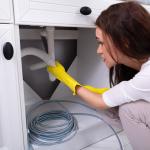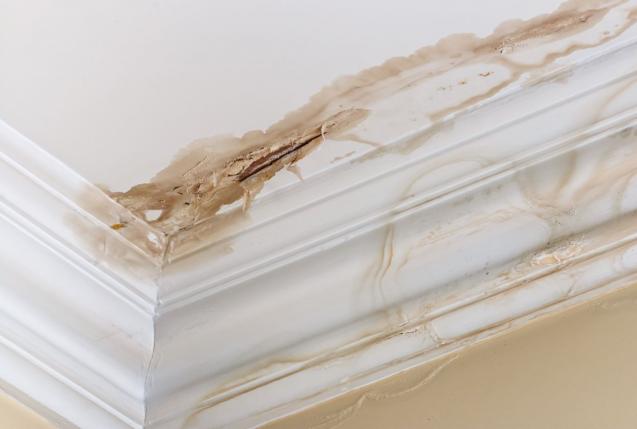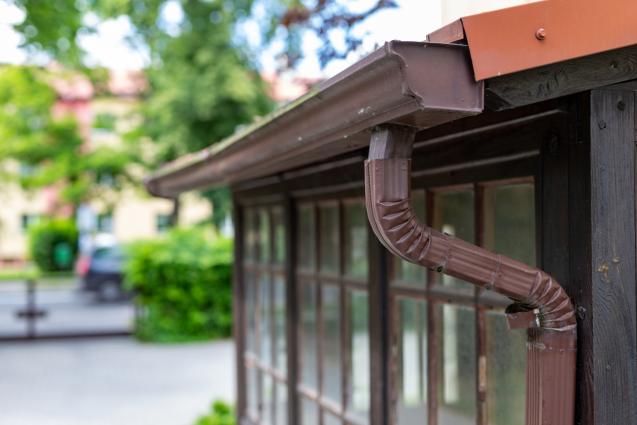
Ultimate Guide to DIY Plumbing for Australian Homeowners
Knowing the Basics - Plumbing 101
One of the fundamental steps towards successful DIY plumbing is being acquainted with the rudiments of your home's plumbing system. A typical home plumbing system involves an intricate network of pipes and fixtures. The framework generally consists of two parts: the system that brings fresh water in and another that takes wastewater out. Understanding this setup and its bearing on your home's overall functionality lays the foundation for effective DIY plumbing.
In considering the basic components of Australian home plumbing systems, it's essential to acknowledge common materials used, which include plastic, copper and PVC. Each of these materials has specific characteristics, applications, and handling requirements, hence familiarising yourself with them is significant. Likewise, gaining a basic understanding of different types of pipes and their purposes is also crucial. From supply pipes that deliver water to your home to drain pipes that remove wastewater, each plays a critical role in the overall system.
Essential Plumbing Tools Every Homeowner Should Own
The next stride towards DIY plumbing efficiency involves arming oneself with the requisite tools. A well-equipped arsenal can ease the process of fixing common plumbing issues. Tools such as wrenches of various types are typically used for tightening and loosening fittings. Plumber's tape, also known as Teflon tape, comes in handy for stopping leaks at threaded joints. A plunger is an indispensable tool, often the first recourse for unclogging toilets and drains. A plumber's snake and hand auger expedite the process of clearing stubborn obstructions.
These tools are readily available at many hardware stores and online shopping platforms in Australia. Safety is paramount in DIY undertakings. Therefore, homeowners must always follow safety guidelines when utilising these tools to avoid potential accidents or injuries. Never underestimate the importance of basic safety practices such as turning off the water supply during repairs, wearing safety glasses, and crucially, being aware of electrical equipment and outlets in proximity to water sources.
DIY Fixes for Common Plumbing Issues
Common plumbing issues that many Australian homeowners grapple include leaking faucets, clogged drains, and low water pressure, among others. Addressing these issues independently necessitates a certain level of resourcefulness and technical know-how.
A leaking faucet, a seemingly small problem, can, over time, result in substantial water loss and cost implications. Fixing this involves different steps depending on the type of faucet — cartridge, ceramic disk, ball or compression. Once you identify the type, likely at fault is a worn-out component, which, after being replaced, should resolve the issue.
Unclogging toilets and drains, a tad unpleasant yet common chore, often involves the use of a plunger or a plumbing snake. Remember, the key to preventing kitchen clogs lies in the proper disposal of cooking oils. Instead of pouring them down the drain, dispose of them in a separate container.
Addressing low water pressure might involve cleaning aerators or showerheads, as sediment build-up can often impede water flow. In cases of extensive blockages, replacing these components might be necessary.
When to Call in a Professional Plumber
Despite our best DIY efforts, there are situations where professional intervention becomes indispensable. Extensive leaks, septic tank issues, or the installation of new plumbing appliances warrant the expertise of a professional plumber. Complex repairs attempted without a professional's guidance can escalate the problem, resulting in potential damage and increased repair costs.
The cost of professional plumbing services in Australia varies considerably, influenced by factors such as the complexity of the issue, materials required, and the plumber's experience. Researching, comparing quotes, and scrutinising reviews can aid homeowners in securing reliable and pocket-friendly plumbing services.
Maintaining Your Plumbing System: Prevent Rather Than Cure
Preventive maintenance, though sometimes ignored, is an essential practice for Australian homeowners. Regular inspection for leaks, semi-annual water heater draining, and periodical drain cleaning are recommended tasks for maintaining a well-functioning plumbing system.
Adopting a regular maintenance routine can fend off unexpected breakdowns, prevent growth of health-threatening bacteria, and extend the life of your plumbing system. Proactive maintenance tends to be cost-effective in the long run as it averts the need for extensive repairs and early replacement of components.
Conclusion
Empowering homeowners with the knowledge of basic plumbing concepts and the confidence to undertake small fixes can indeed be a game-changer. However, experience has taught us that not all plumbing problems are DIY-friendly, and acknowledging that is equally important. Striking a balance between developing DIY skills and knowing when to seek professional assistance is the key to a trouble-free home plumbing experience.
Through this guide, we hope to have provided Australian homeowners a better understanding of their home's plumbing system, basic DIY fixes, the indispensable plumbing tools, and the significance of regular maintenance. We trust that any homeowner, beginner or seasoned, will find this guide resourceful in their journey through DIY plumbing.



